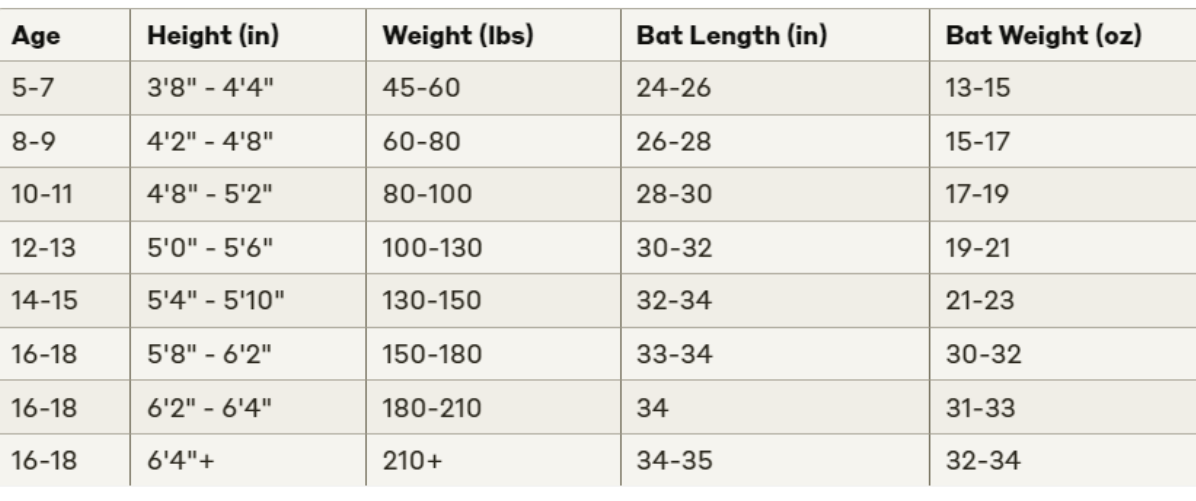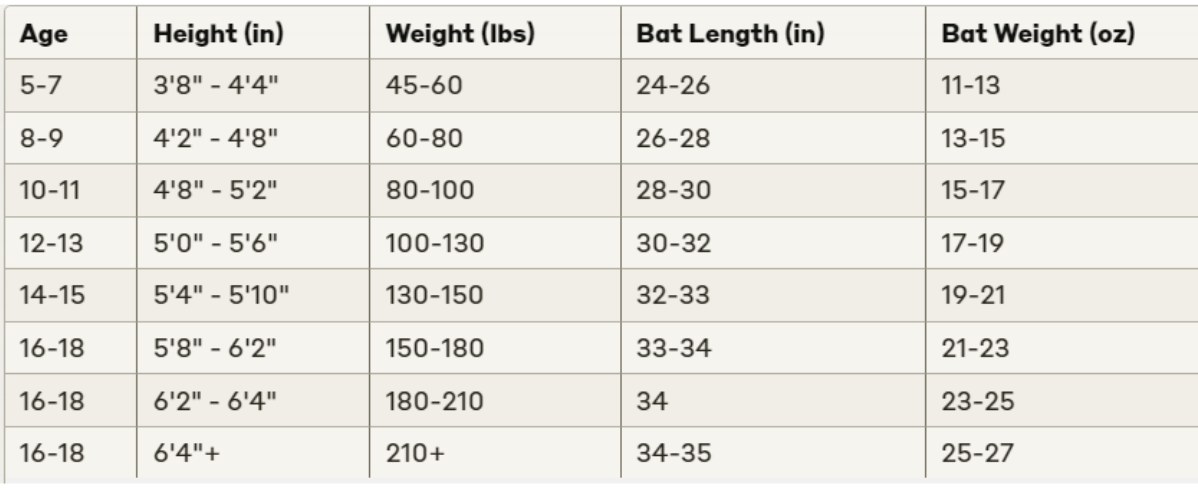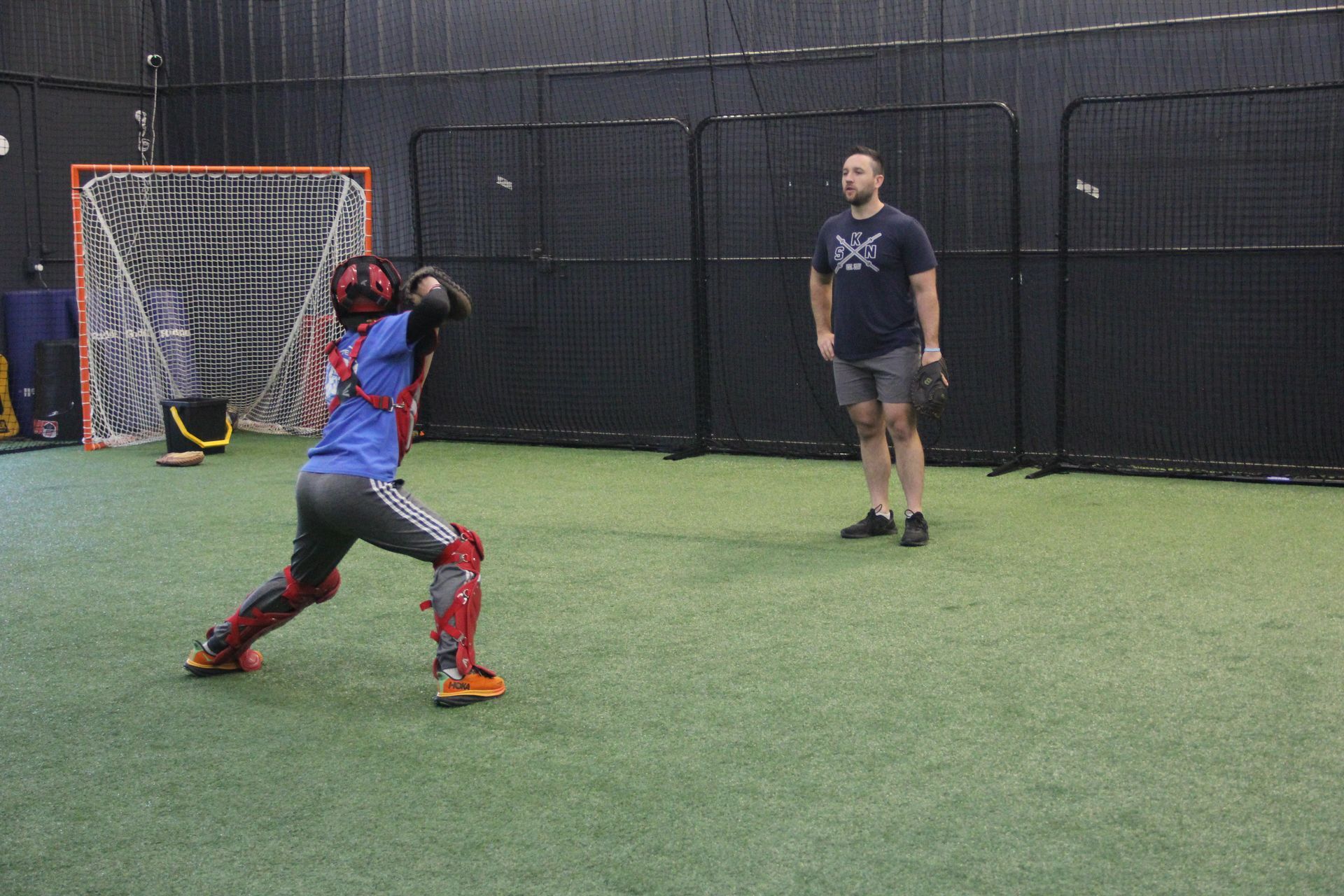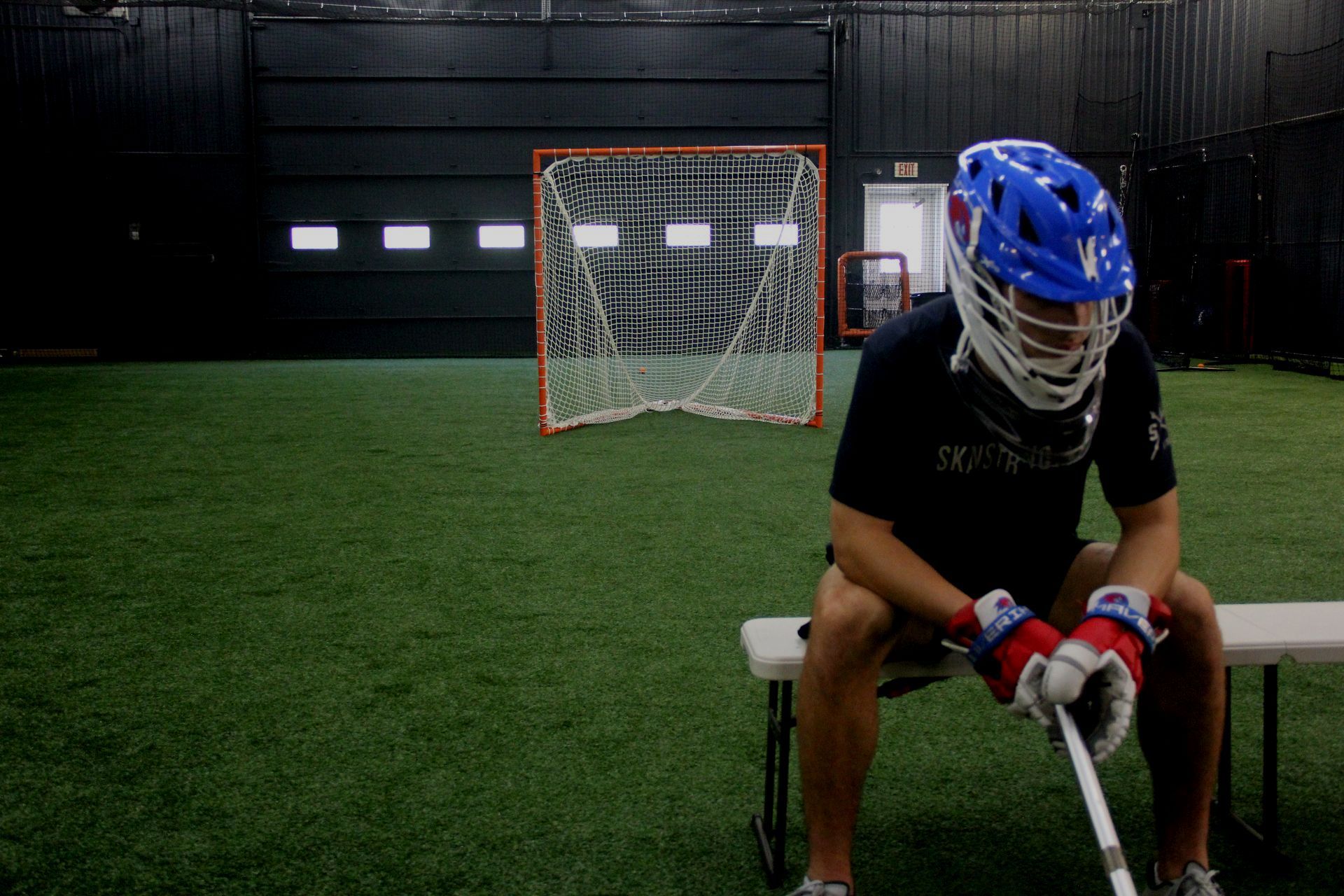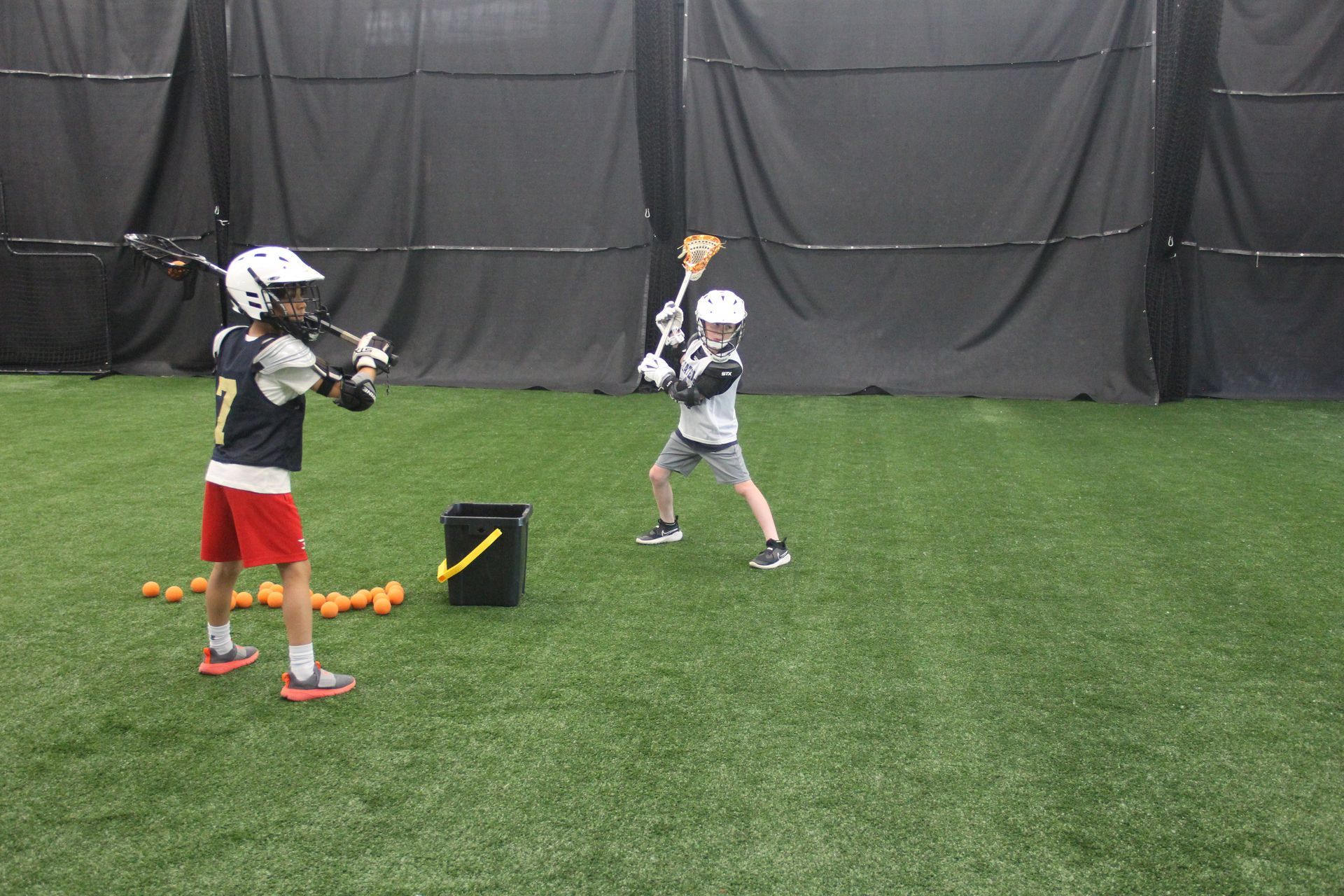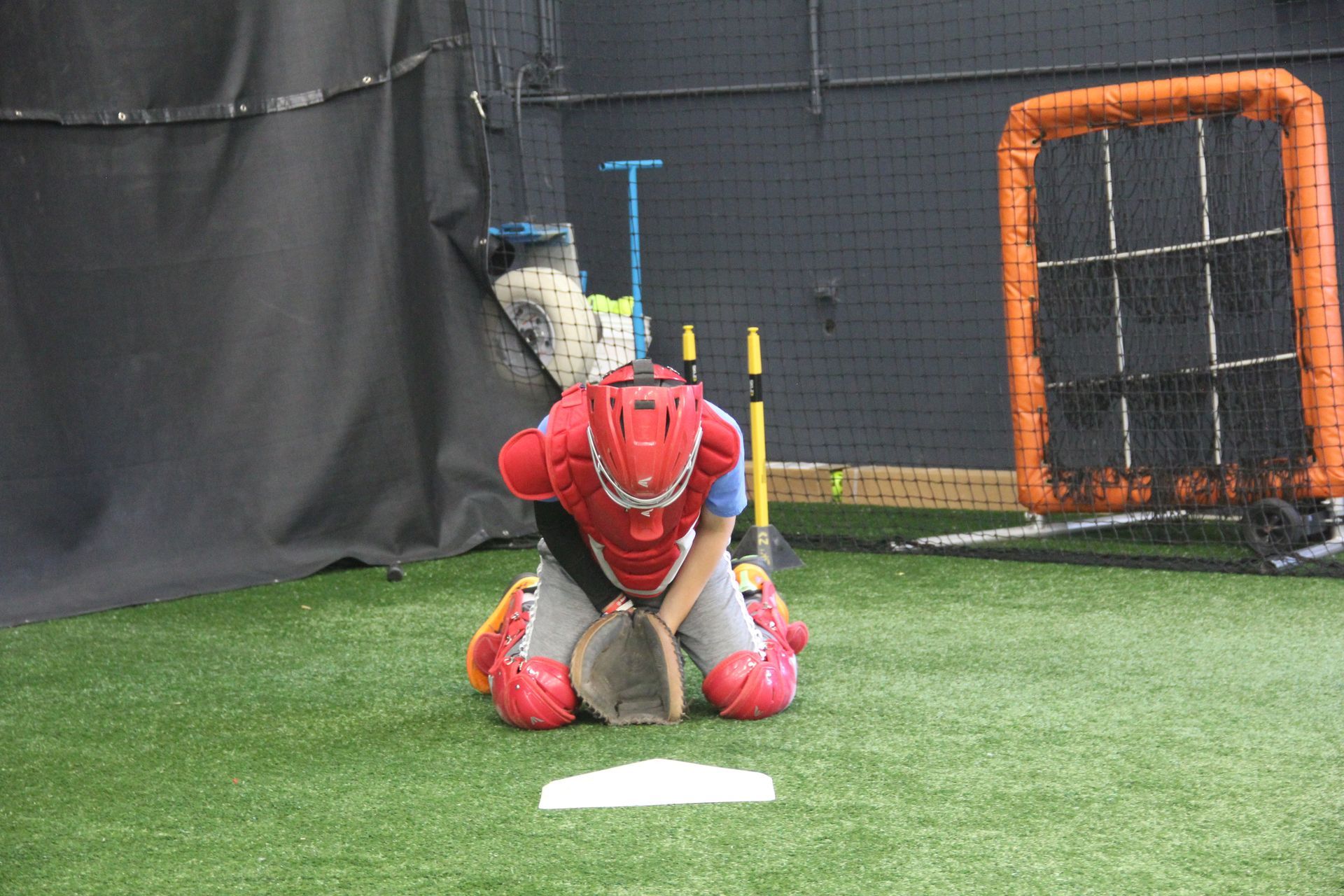Choosing the right bat for your young baseball or softball player is crucial for their success and enjoyment of the game. With so many options available, it can be overwhelming to know where to start. This guide will help you understand the key factors to consider when selecting a bat, as well as provide size recommendations and resources for league regulations.
Factors to Consider:
Length:
The right bat length allows for a comfortable and controlled swing. A bat that is too long can hinder bat speed and accuracy, while a bat that is too short may not provide enough reach or power.
Weight:
The ideal bat weight depends on your child's strength and hitting style. A lighter bat allows for faster swing speeds, while a heavier bat can provide more power if the player is strong enough to maintain control.
Material:
Bats can be made
from various materials, such as aluminum, composite, or wood. Each material has its own characteristics that affect performance and durability. Check league regulations to ensure the bat material is approved for play.
Measuring Bat Length and Weight:
In addition to using the provided charts, you can use the following methods to gauge the appropriate bat length and weight for your child:
Bat Length:
Have your child stand up straight with their arms at their sides. Place the knob of the bat in the center of their chest, pointing the bat out towards their outstretched arm. If the end of the bat reaches the middle of their palm, it's the correct length.
Bat Weight:
Have your child hold the bat out to their side with their arm fully extended. If they can comfortably hold the bat in this position for 20-30 seconds, it's likely a good fit. If the bat drops or feels too heavy, try a lighter option.
Differences between Aluminum & BBCOR Bats:
Aluminum bats are popular for youth and amateur play due to their durability and performance. They are lightweight, easy to swing, and provide a "trampoline effect" that can increase ball speed and distance. However, some leagues have adopted the BBCOR (Batted Ball Coefficient of Restitution) standard to regulate bat performance and ensure player safety.
BBCOR bats, which are required for high school and collegiate play, are designed to perform more like wood bats. They have a smaller "sweet spot" and produce less of a trampoline effect, reducing the speed and distance of the batted ball. This helps maintain a balanced game between pitchers and hitters.
Baseball Bat Sizing Chart:
The following charts provide general guidelines for selecting the appropriate bat size based on a player's age, height, and weight. However, it's essential to remember that every player is unique, and the best bat size may vary based on individual preferences, strength, and hitting style. Always encourage your child to try out different bats and choose the one that feels most comfortable and allows for the best performance. Additionally, be sure to consult your league's rules and regulations regarding bat specifications before making a purchase.
Softball Bat Bat Sizing Chart:
The following charts provide general guidelines for selecting the appropriate bat size based on a player's age, height, and weight. However, it's essential to remember that every player is unique, and the best bat size may vary based on individual preferences, strength, and hitting style. Always encourage your child to try out different bats and choose the one that feels most comfortable and allows for the best performance. Additionally, be sure to consult your league's rules and regulations regarding bat specifications before making a purchase.

